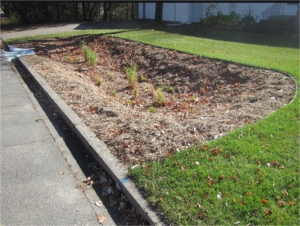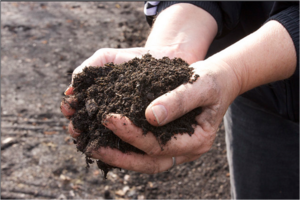
Category:Level 3 - General information, reference, tables, images, and archives/Tables/Media, compost, and media amendments


Engineered media are fundamental design characteristics of most post-construction stormwater practices. Engineered media is a mixture of sand, fines (silt, clay), and organic matter utilized in stormwater practices, most frequently in bioretention practices. The media is typically designed to have a rapid infiltration rate, attenuate pollutants, and allow for plant growth. In some applications, soil or media amendments are utilized to improve soil conditions or enhance treatment effectiveness of a BMP.
This page (Category) includes links to tables that provide information on media, compost, and media amendments. These may include but are not limited to compost, iron, aluminum, calcium (lime), water treatment residuals, peat, biochar, wood ships, soil materials (sand, stone, etc.), and coir.
Pages in category "Level 3 - General information, reference, tables, images, and archives/Tables/Media, compost, and media amendments"
The following 30 pages are in this category, out of 30 total.
C
- Characteristics of quicklime and hydrated lime
- Chemical and physical properties of biochar
- Chemical and physical properties of coir
- Chemical and physical properties of wood chips
- Chemical properties of water treatment residuals
- Comparison of pros and cons of bioretention soil mixes
- Compost Specifications
- Construction requirements for compost filter sock
- Construction requirements: Compost blanket application
- Construction requirements: Compost filter berm
E
P
- Particle size distribution of aluminum and iron water treatment residuals
- Physical properties of aluminum and iron water treatment residuals
- Physical properties of spent lime
- Potential biochar stormwater applications
- Product parameters for compost filter berm application
- Product parameters for compost used for soil amendment and turf establishment
- Product parameters: Compost blanket
S
This page was last edited on 2 August 2022, at 14:28.